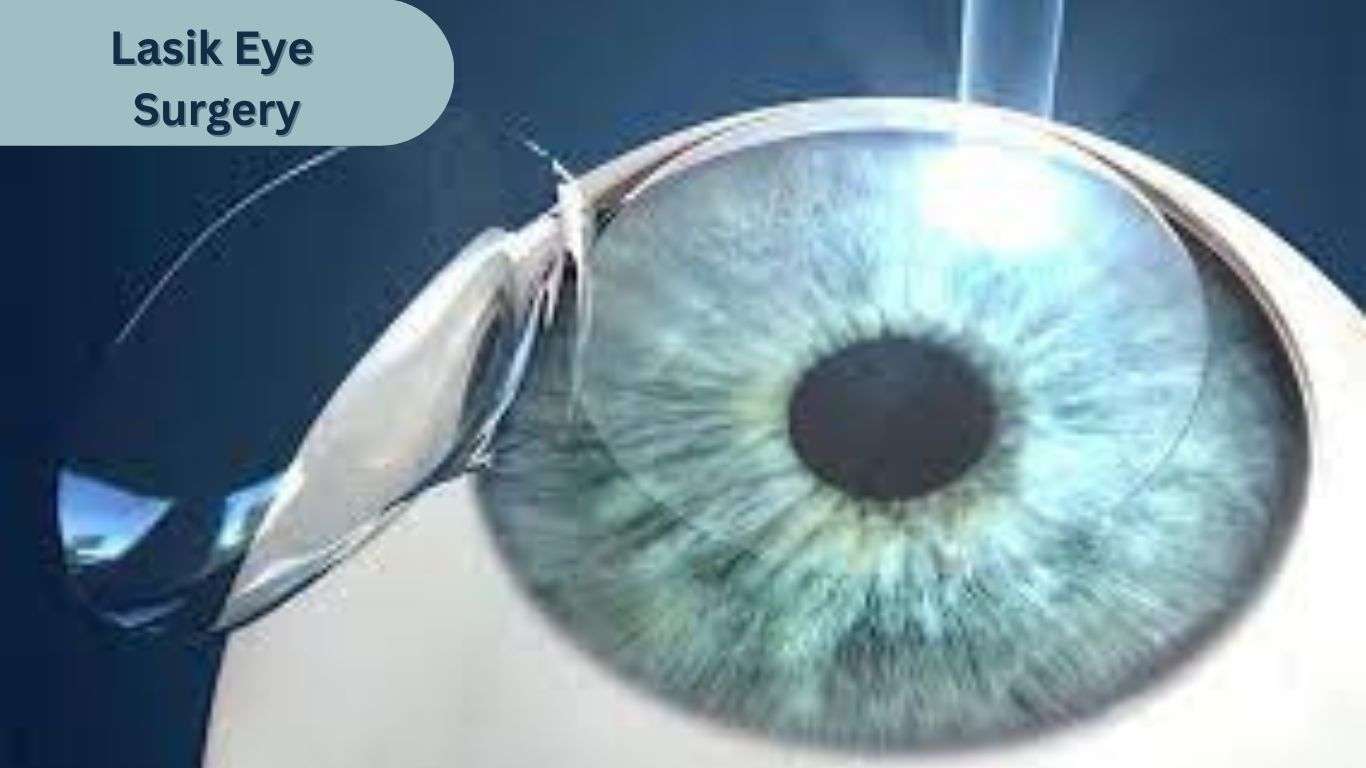PRK vs. LASIK Eye Surgery – Which is Better?
Lasik Surgery:-
LASIK surgery is a bladeless surgery and it is used for excimer laser for sensitivity, clarity, speed, and effectiveness results. They start by making a small loop in your corneal tissue through which comes the underlying tissue that needs to be correct. The invisible ultraviolet rays are used to re-correct the tissue into the pre-planned shape that your doctor has planned before starting the treatment. After completing the surgery, the corneal flap is brought back into its right position. Blades were not used in this surgery, and there were no cuts or any kind of stitches. The only thing you’ll require is arranging anti-inflammatory eye drops to prevent infection.

To preserve safety, the best computer technology is used to observe your eye problem to understand that it does not move during the procedure. LASIK corrective eye surgery is one of the safest surgeries and the recovery rate of this surgery is much better in comparison to other surgeries, you may recover very fast within two to three days after LASIK Eye surgery and your eye problem will have vanished.
PRK Surgery:-
PRK, or photorefractive keratectomy, is a laser surgery procedure for the treatment of myopia, hyperopia, and astigmatism with the excimer laser. A computer-generated, cold laser rays are used to mainly prevent and form corneal tissue at the microscopic level.
The cornea is one of the most essential parts of your eye when it comes to how your eye focuses light onto the retina inside. The cornea and lens pass light rays so they converge accurately on the retina. When light rays don’t interact at the right point, that’s called a vision error.

PRK vs. LASIK
Photorefractive keratectomy (PRK) and laser-assisted in situ keratomileusis (LASIK) are both laser surgery techniques that work to improve eyesight. PRK has been around longer, but both are still widely used today.
PRK and LASIK are both used to correct the cornea of your eye. The cornea is made up of five thin, transparent layers of tissue over the front of your eye that bend and focus on light to help you see.
PRK and LASIK each use different methods to help correct your vision by redesigning the cornea tissue.
What happens during PRK?
- They will give you a numbing drop so that you don’t feel any pain during the surgery. You may also take medicines which help you relax.
- The top layer of cornea tissue, the epithelium, is fully pulling out. This takes about 30 seconds.
- The most important surgical tool, called an excimer laser, helps to fix any eye problems in the deeper corneal tissue layers. This takes time near about 30-60 seconds.
- A special bandage that’s exactly similar to a contact lens is put on top of the cornea to help the tissues properly heal.
What happens during LASIK?
- Similar to PRK, the doctor will use numbing drops in your eyes so that you don’t feel pain and an eyelid holder to gently hold and easily open your eye.
- Using a laser, the eye doctor will create a small flap in the epithelium. The difference between PRK and LASIK eye surgery is that, unlike PRK, the epithelium is left unbroken during LASIK. The flap is gently lifted.
- The same excimer laser that is used for PRK, is also used to redesign the corneal tissue and remove any vision errors. The flap is then folded back into place, aligned gently, and the surgery is complete.




